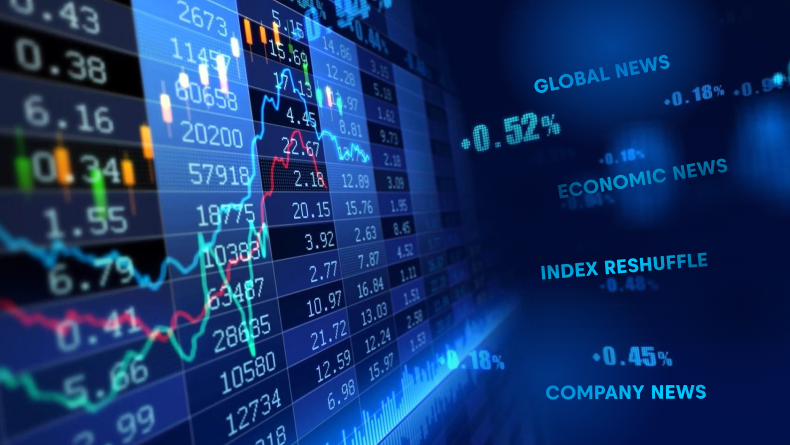Every morning, traders wake up to find the market has already moved. Prices may have jumped higher or opened lower than the previous day’s close. These price gaps often confuse beginners but hold meaningful signals for experienced traders. For those involved in indices trading, understanding market gaps can improve decision-making and lead to more profitable strategies.
A market gap occurs when the opening price of an index is significantly higher or lower than the previous session’s close. These gaps are driven by overnight news, earnings, global developments, or economic data releases. But not all gaps behave the same way, and learning to interpret them is a valuable skill in indices trading.
Different Types of Gaps and What They Mean
There are several types of gaps to understand. Breakaway gaps often signal the beginning of a new trend. These happen when the market breaks out of a consolidation zone with strong momentum. Continuation gaps occur in the middle of a trend, confirming that the current direction is likely to continue. Exhaustion gaps show up at the end of a move and may signal a reversal.
Each of these gap types tells a story. For traders focused on indices trading, knowing the difference can help avoid entering too early or fading a strong move.
Why Gaps Often Fill and When They Do Not
One of the most commonly repeated ideas is that “gaps always fill.” While this is true in many cases, it is not guaranteed. A gap fill occurs when price moves back to the previous close, covering the difference. However, if the gap is backed by strong volume and news, it may never fully close.
In indices trading, assuming every gap will fill can lead to losses. Instead, look for confirmation. Are buyers stepping in to defend the gap? Is volume supporting the direction? Answering these questions can improve the timing of entries.
Using Gaps to Define Support and Resistance
Gaps often create important price zones. The high or low of the gap can become future support or resistance. Many traders mark these levels on their charts and use them as reference points for trades throughout the week. Gaps backed by strong institutional volume tend to hold longer and influence price behavior beyond the day of the move.
Experienced indices trading professionals treat gaps as part of the broader technical landscape. They use them to define trend strength, measure breakout quality, and anticipate reactions around key price zones.
Pre-Market and Futures Clues Before the Gap Forms
Gaps do not happen in isolation. Futures markets and pre-market trading offer clues about whether a gap is forming. Traders who monitor overnight activity can prepare for the upcoming session and reduce the element of surprise. If a strong move happens during low volume, caution may be warranted. But if futures are moving on high volume and positive news, it could be a signal to act quickly.
In indices trading, being aware of overnight futures ranges and upcoming economic releases helps put gap moves in context.
Gap Trading Strategies for Consistent Setups
Some traders build entire strategies around gaps. These include fading weak gaps, riding strong continuation gaps, or trading the reversal once a gap is filled. Whichever approach you use, the key is to stay disciplined. Let the market confirm your bias before entering.
Gaps may look chaotic, but they are windows into trader psychology. They show who is in control, where hesitation lies, and how sentiment can shift in a single session. For those committed to mastering indices trading, studying gaps is a fast track to deeper market understanding.



